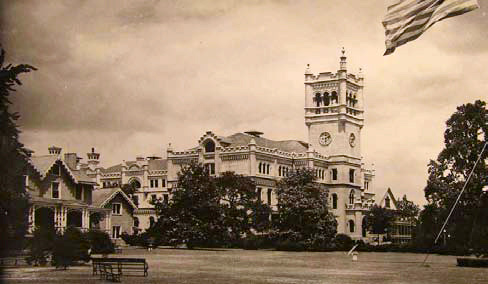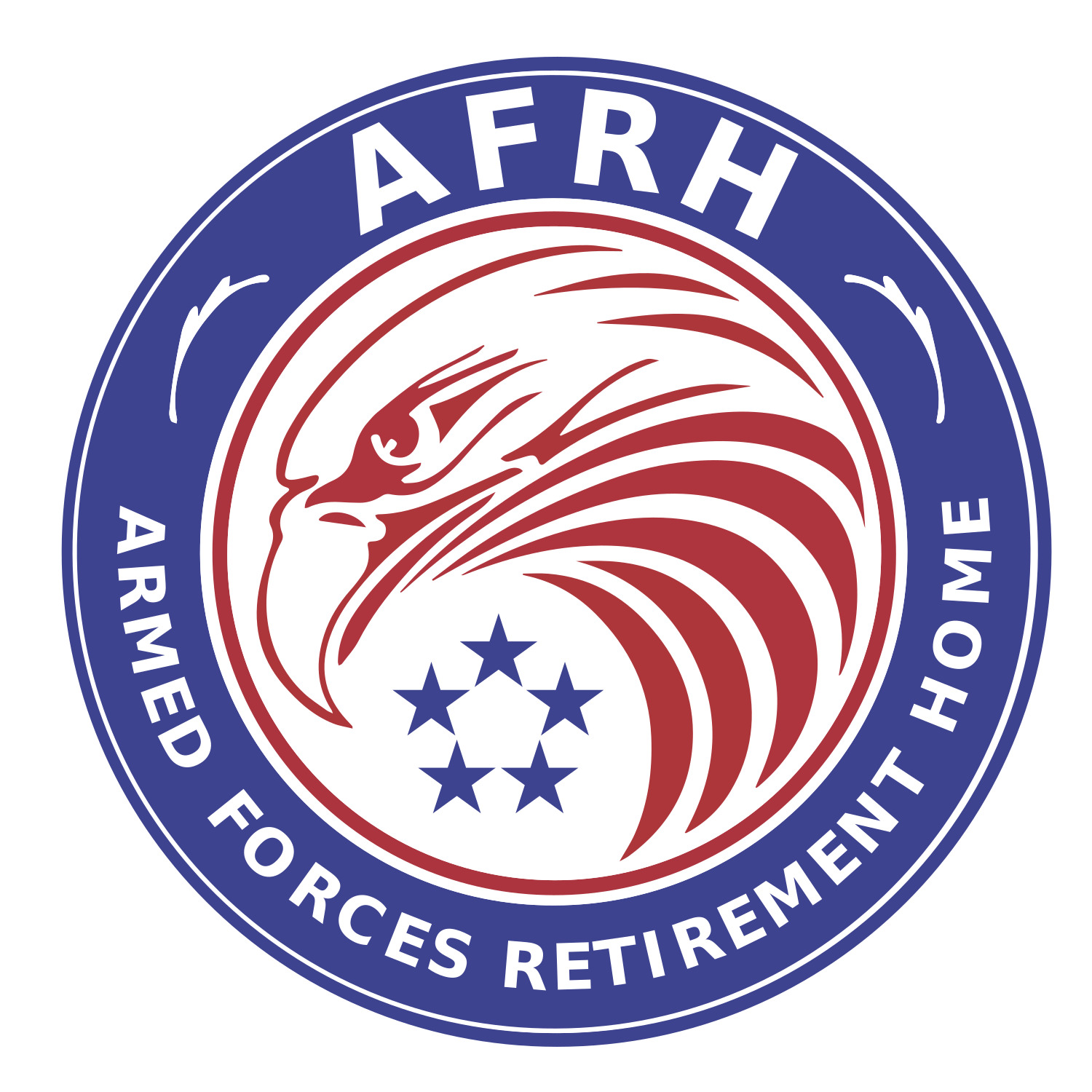The Old Soldiers’ Home was a sanctuary for our soldiers.

By 1851, momentum had grown to fund a Soldiers’ Home in Washington, DC. General Winfield Scott was a hero in the Mexican-American War. He was paid reparations in lieu of ransacking Mexico City. So, Scott promptly paid off his troops and gave the rest to Congress - petitioning it to open a home for old and infirm soldiers.
A rustic country cottage owned by the prominent Riggs family was purchased as the site for the new home. This cottage sat high atop a breezy hill overlooking several hundred acres of farmland in rural Washington. The Old Soldiers’ Home began with just one “inmate.” Before long, more soldiers moved in, and they outgrew that cottage. So a larger “Scott” dormitory was built.
President Abraham Lincoln loved visiting the Solders’ Home, as did presidents before him. After it grew, he asked to use the cottage for a summer home to escape the humidity and political pressures of DC. All told, Lincoln spent one quarter of his presidency in the cottage including the months when he penned the Emancipation Proclamation.
Inmates were expected to work to earn their keep. The Soldiers’ Home had a 300-acre dairy farm, so inmates could cultivate food and remain self-sufficient. In the 20th century, the Home evolved with the times as the focus shifted away from work toward leisure. As the military evolved, the Soldiers’ Home would go on to admit airmen—and women. And, the cow pastures became a nine-hole golf course and resident gardens.
Today that original cottage is splendidly restored as President Lincoln’s Cottage, a National Landmark. The Scott was renamed the Sherman Building, and it serves as offices for the AFRH agency staff. The new Scott Building, which opened in 2013, is a model of modern retirement living. Today, residents actively contribute military memorabilia and original artwork to its hallways.
